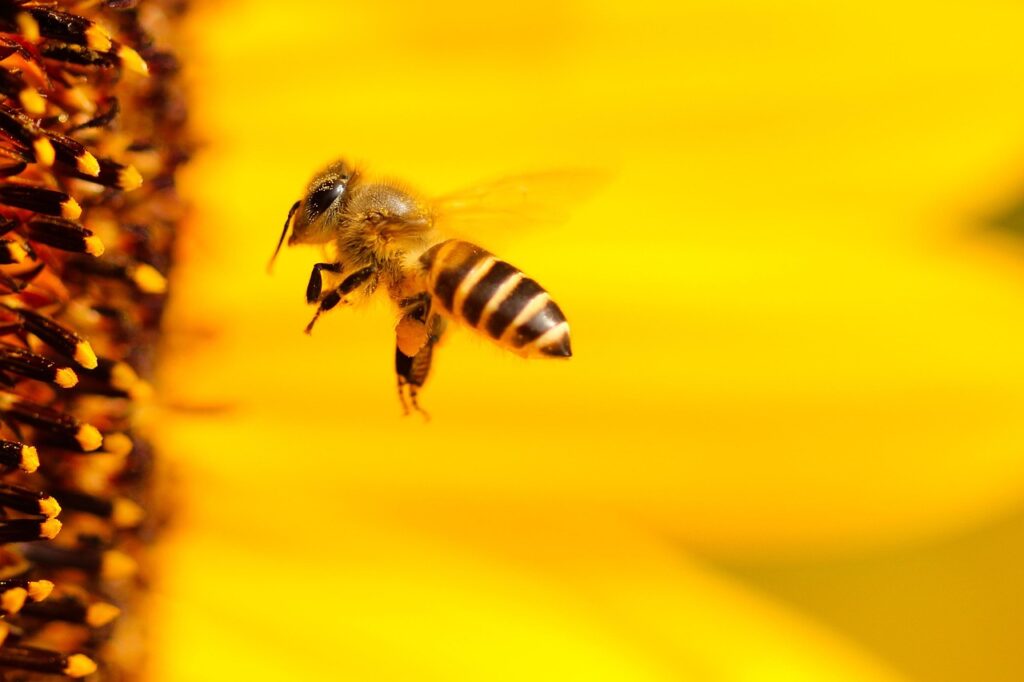Waggling plays an important role in honeybees’ ability to find food. But the way they waggle matters. Research shows that dance lessons may be necessary.
When honeybees waggle, they do a series of shimmy runs and loops which are meant to let their colony mates know where the food they found is located. But those that don’t have older sisters and half-sisters around to teach them how to boogie may never get their moves quite right.
James Neih, a behavioral ecologist at the University of California, San Diego, watched honeybees waggle day after day. Though their skills improved with practice, they never matched the timing and coding of honeybees who grew up in normal colonies and had elders to learn from.
This shows that social learning matters when it comes to honeybee communication. It also provides evidence that honeybee waggling is sort of like a language that is both innate and learned.
While the waggle may seem simple, it is more complicated than it appears. It requires bees “running forward at over one body length per second in the pitch black trying to keep the correct angle, surrounded by hundreds of bees that are crowding them,” Neih explained.
This is further complicated by the obstacles of the honeycomb dance floor. “It’s just the edges to hang on to…it would be easy to stumble. Unlike commercial hives with manufactured uniform honeycomb cells, natural combs are highly irregular. Along the edges, things get a bit crazy and rough,” Neigh explains.
This requires the bees to dance on the surfaces at a difficult angle to give their colony mates an idea of where the food is and how far it is.
A separate study was conducted on social learning, one that took an elaborate beekeeper approach. Researchers at an apiary in Kunming, China put thousands of nearly gown-up bees into incubators and collected the brand-new winged adults when they emerged.
The bees then went into colonies with workers that were the same age as they were. A queen was assigned to each colony, but she did not leave the colony to forage. The foraging had to be done by the young workforce. With no role models, the young were left to figure out the dance moves on their own.
The study compared bees who had role models and those that didn’t. Newer bees with role models had difficulty with their waggle differing their angles by what they should be by about 30 degrees. However, those with no role models were closer to 50 or 60 degrees from being accurate.
Both groups improved in time, but the bees with no role model continued to waggle as if the food was farther from the hive than it actually was while the ones with role models were more accurate in their communication. The ones without role models also had more difficulty flying to the feeder.
The study shows the importance of learning (whether individual or social) in the complex behavior of bees.

